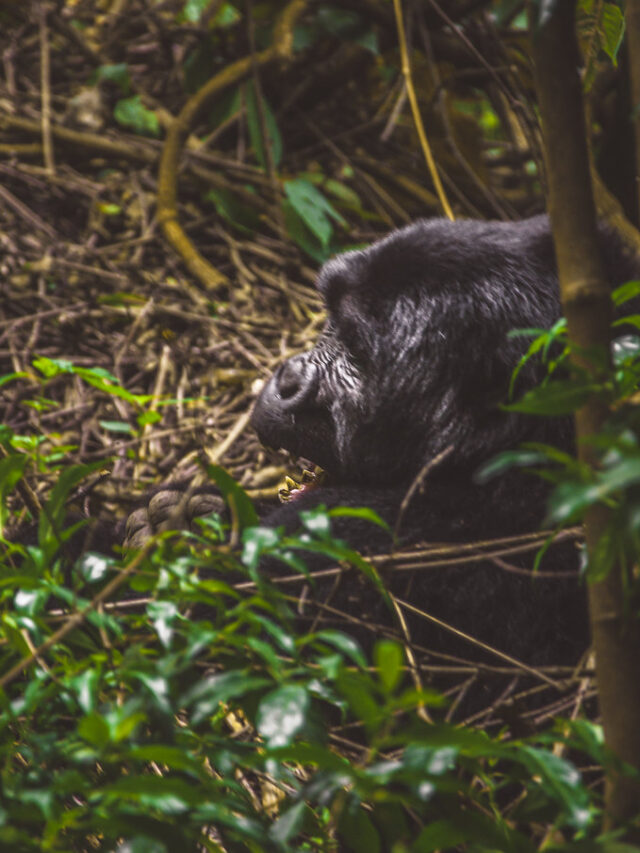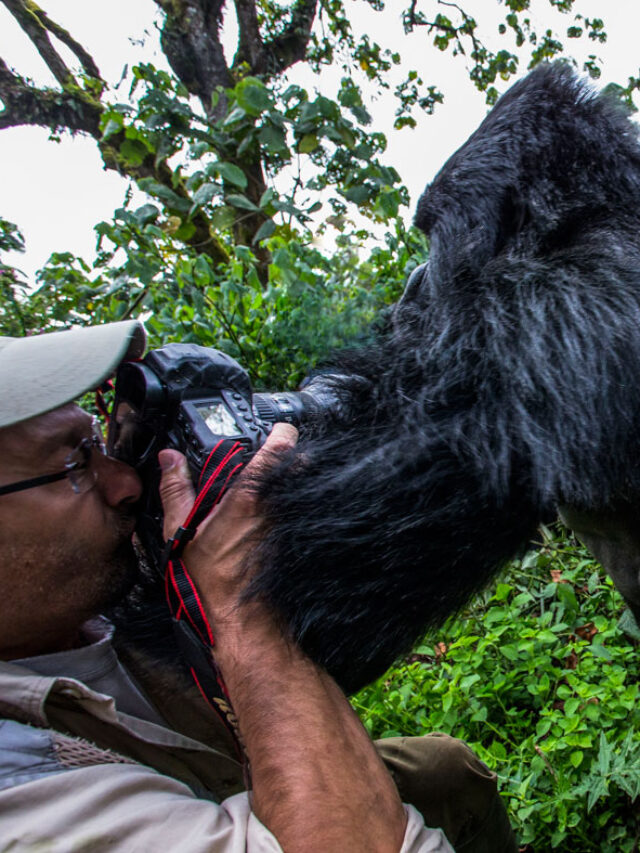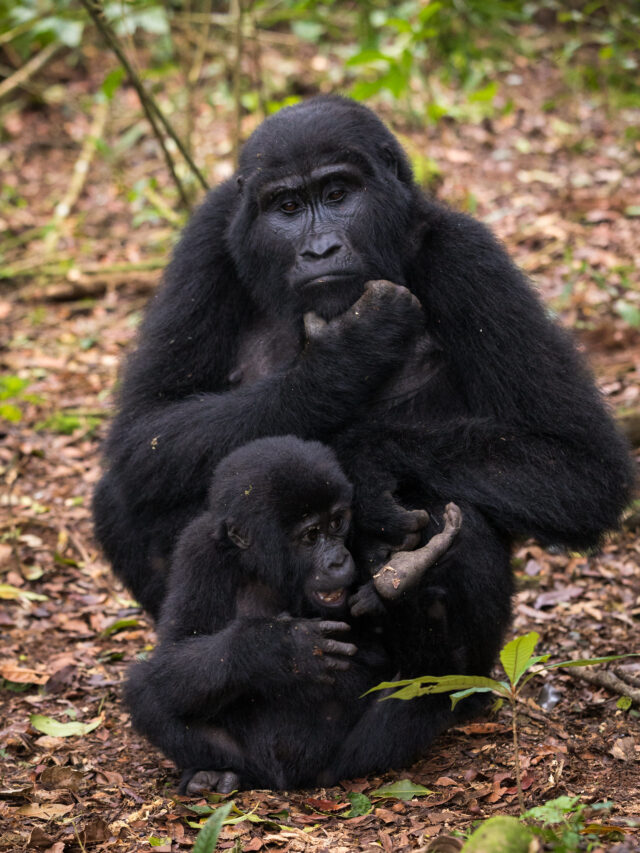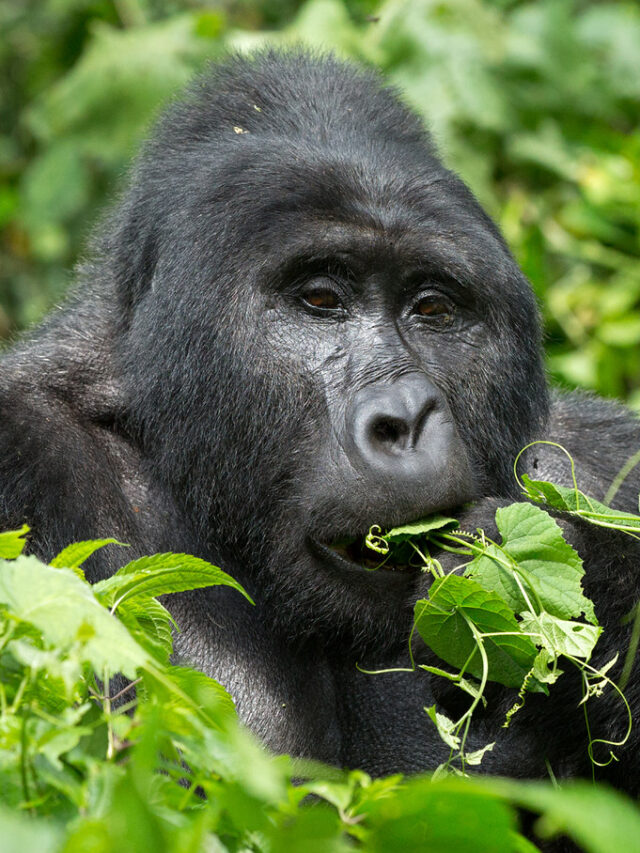Bugungu Wildlife Reserve: Uganda’s Untouched Haven of Wildlife and Wetlands
A Silent Sanctuary at the Edge of the Nile
Tucked away in the shadows of Uganda’s celebrated Murchison Falls National Park lies a lesser-known gem that pulses with life and natural beauty—Bugungu Wildlife Reserve. Often overlooked by mainstream tourism, this reserve, nestled between the districts of Buliisa and Masindi in northwestern Uganda, is an unspoiled blend of open savannah, papyrus wetlands, riverine forest, and acacia woodlands. It covers an area of about 473 square kilometers, forming a critical buffer zone between human settlement and the Murchison Falls Conservation Area.
Bugungu is more than just a geographical corridor; it is a living bridge between ecosystems, wildlife species, and communities. Positioned at the base of the Rift Valley escarpment and alongside the northern shores of Lake Albert, the reserve rises from about 600 to 1,300 meters above sea level, revealing panoramic views, tranquil marshes, and golden plains teeming with animal life. For those who dare to leave the crowds behind, Bugungu offers a safari experience rooted in silence, surprise, and awe.
The Rich Tapestry of Terrain and Wildlife
The landscape of Bugungu Wildlife Reserve is wonderfully varied, shaped by its positioning within the Albertine Rift ecosystem. Vast grasslands sway under the warm sun, broken by thickets of acacia and bordered by the soft, swishing reeds of swamps that seem to stretch endlessly into the horizon. The reserve’s wetland zones are particularly vital—they act as sponges, filtering water and providing breeding grounds for amphibians, aquatic birds, and herbivores in search of lush grazing during the dry months.
Among the creatures that call Bugungu home, the Uganda kob stands as a regal presence—graceful, golden, and often spotted in breeding herds across the plains. The nimble oribi, reedbuck, waterbuck, and bushbuck also inhabit these lands in significant numbers. In recent years, larger mammals such as buffalo, hippos, and even elephants have been recorded roaming through the reserve, using it as a migratory pathway between the south and north of the conservation region.
The wetland and woodland habitats of Bugungu also shelter the elusive and rare sitatunga antelope, perfectly adapted to moving through swampy terrain with its long splayed hooves. Meanwhile, predators such as lions, leopards, and hyenas occasionally stalk through the reserve—though sightings are infrequent, they remind visitors of the untamed pulse that runs through these quiet lands.
One of Bugungu’s most astonishing features is its avian diversity. With over 240 recorded bird species, the reserve is a paradise for bird watchers. From the towering saddle-billed stork to the mystical shoebill, the reserve’s skies and wetlands come alive with movement and color. Forest edges hum with the calls of the giant kingfisher, black-headed batis, speckle-breasted woodpecker, and the shimmering presence of sunbirds and flycatchers.
A Place Rooted in Ecological Purpose
Bugungu Wildlife Reserve is not merely a sanctuary for wildlife—it is a vital part of Uganda’s conservation puzzle. Originally gazetted in 1968, the reserve was designed to serve as a protective buffer for the larger Murchison Falls National Park, easing human-wildlife conflict while preserving key migration routes. It also plays a crucial hydrological role by feeding into the Nile River system and protecting Lake Albert’s fragile shoreline from unchecked encroachment and siltation.
What makes Bugungu particularly significant is its ability to sustain life during harsh dry spells. When other areas lose their vegetation and surface water, the reserve’s swamps retain moisture, drawing animals from surrounding landscapes. This role as a seasonal refuge underlines its ecological importance in a region prone to climate extremes and shifting patterns of rainfall.
A Quiet Alternative for Safari Seekers
Tourism in Bugungu is still in its early stages, which makes it an ideal location for travelers looking for authentic, crowd-free wildlife encounters. Game drives through the reserve can reveal moments of pure wilderness—antelopes bounding through golden grass, baboons grooming beneath fig trees, or the flicker of movement in a distant thicket hinting at something larger watching from the shadows.
Nature walks, led by local guides, offer more intimate exploration, revealing the hidden lives of insects, reptiles, medicinal plants, and bird species often missed by vehicle. The reserve’s proximity to Budongo Forest also opens up opportunities to combine a trip with chimpanzee tracking, canopy walks, and primate viewing in forested terrain.
For the passionate birder, Bugungu presents a rare opportunity to spot species that are difficult to find elsewhere in Uganda. The early morning hours, in particular, are a marvel—when the swamps erupt with the calls of ibis, jacanas, herons, and kingfishers while the sun casts golden streaks across the horizon.
Getting There and When to Go
Bugungu is located about 5–6 hours’ drive from Kampala, via Masindi and Hoima. Though some parts of the road may be bumpy, the scenic views and cultural encounters along the way make the journey worthwhile. Alternatively, travelers can fly into Bugungu Airstrip, located within the reserve, offering quick access from Entebbe or Kajjansi for those who prefer to arrive by air.
The best time to visit Bugungu is during the dry seasons, typically between December to March and June to September, when animals congregate near water sources and road conditions are favorable. The wet seasons bring lush vegetation and spectacular birding, but access may become limited due to muddy tracks and overgrowth.
Community and Conservation: A Shared Future
Surrounding communities play a central role in the long-term sustainability of Bugungu. Many residents depend on the land for grazing, fishing, and farming, yet they are increasingly engaging in community-based tourism and conservation projects that aim to share the benefits of the reserve while protecting its delicate ecosystems. Visitors may take part in cultural visits, storytelling sessions, and guided tours led by community members who offer deep insight into the traditions, livelihoods, and struggles of life beside the wild.
Efforts by Uganda Wildlife Authority and conservation NGOs are working to ensure that Bugungu’s value is recognized not just in terms of tourism potential, but as an irreplaceable piece of Uganda’s natural heritage.
A Place That Whispers, Not Shouts
Bugungu Wildlife Reserve is not a place of roaring waterfalls or massive herds thundering across plains. It is a quieter kind of wonder—a place where the beauty lies in its subtlety, its silence, and its surprise. Here, you don’t chase wildlife; you wait for it. You don’t listen for tourist chatter; you listen for the call of the grey-crowned crane or the rustle of reeds as something unseen slips through.
For those who seek more than just a photo, who want to feel the heartbeat of the land and walk where few have walked, Bugungu is a promise—a whisper of wild Uganda waiting to be heard.











